Brett Kavanaugh and the Triumph of the Conservative Counterrevolution
The confirmation of President Trump's nominee would mark the culmination of a right-wing legal counterrevolution that has been decades in the making.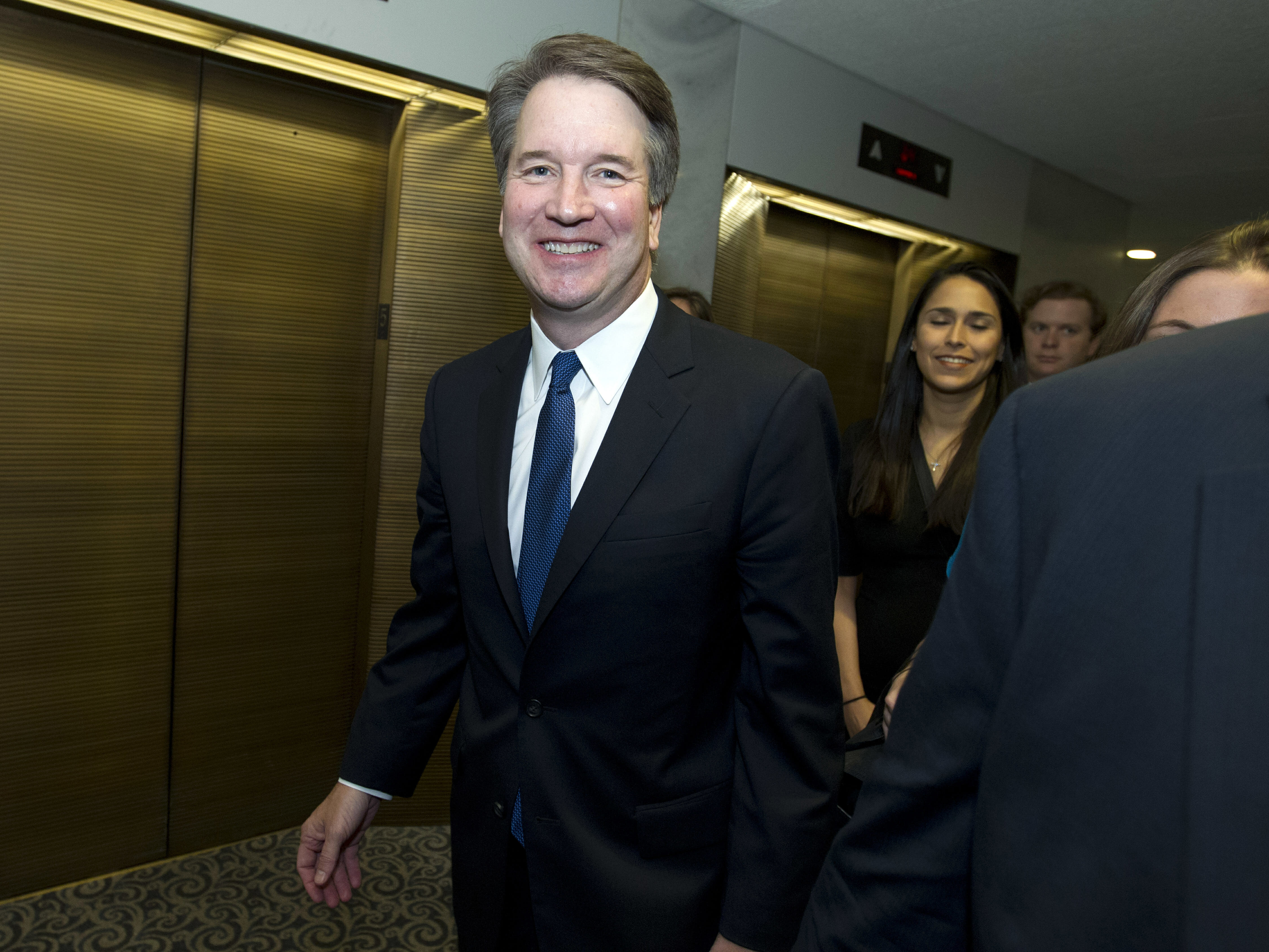 Both sides will argue that the stakes posed by nominee Brett Kavanaugh’s ascension to the Supreme Court could not be higher. Both sides will be correct. (Jose Luis Magana / AP)
Both sides will argue that the stakes posed by nominee Brett Kavanaugh’s ascension to the Supreme Court could not be higher. Both sides will be correct. (Jose Luis Magana / AP)
As much as we have dreaded this moment, the Senate Judiciary Committee’s hearings on the nomination of Brett Kavanaugh to the Supreme Court are upon us. Barring a miracle bordering on the Immaculate Conception, the committee will vote along party lines to approve the nomination, and shortly thereafter, Kavanaugh will be confirmed in another close vote by the full Senate.
If the recent past is any prologue, before reaching their all-but-scripted conclusions, committee members in the coming weeks will spend a lot of time probing Kavanaugh’s record. We’ll hear a good deal about Kavanaugh’s work as a young lawyer with Clinton-era independent counsel Ken Starr, his tenure as George W. Bush’s staff secretary, and his rulings as a judge on the federal Circuit Court of Appeals for the District of Columbia, where he has served since 2006.
Kavanaugh, for his part, will answer most questions with well-rehearsed clichés and evasions. He’ll give a nod or three to God and country, and praise the American legal system as the finest that mankind has ever devised. He’ll declare how proud he and his family are that he’s received the honor of being considered to join the country’s most powerful judicial body.
He will also politely decline to give expansive or unambiguous answers as to how he might approach the hot-button issues that will come before him as a member of the high tribunal. (To be fair, ever since Robert Bork helped torpedo his 1987 nomination by being too forthcoming about his originalist judicial philosophy, all nominees, regardless of political affiliation, have learned that when it comes to the judiciary committee, less is always more.)
Throughout the hearings, conservatives on the committee will portray Kavanaugh as eminently qualified to succeed the retiring Anthony Kennedy to become the nation’s 114th Supreme Court justice. By contrast, the committee’s liberals and centrists will paint Kavanaugh as a threat to civil rights and liberties who will tip the court’s balance to a hardened 5-4 right-wing majority on a variety of subjects, ranging from abortion, gun control and voting rights to presidential power, environmental protection and affirmative action.
Both sides will argue that the stakes posed by Kavanaugh’s ascension to the court could not be higher. In this respect, if in no other, both sides will be correct.
But what neither side is likely to mention is something even deeper and more vital to the future of American law than the elevation of a single justice—namely, that Kavanaugh’s confirmation will mark the triumph of a conservative legal counterrevolution aimed at neutralizing the use of law as an instrument of progressive social and economic reform.
The counterrevolution is real, longstanding and well-known to legal scholars and commentators. It isn’t a conspiracy theory, much less the equivalent of “QAnon,” “birtherism,” 9/11 “truth” or any of the other “deep state” quackeries that have gained currency in recent years.
Although it’s impossible to pinpoint exactly when the movement began, many analysts cite as a seminal text a 6,400-word confidential memorandum written in 1971 for the U.S. Chamber of Commerce by the late Supreme Court Justice Lewis Powell Jr. before his own ascension to the bench.
I’ve covered the Powell memo before in this column. Titled “Attack on American Free Enterprise System,” the memo urged the chamber and business leaders generally to get more involved in the legal system to reverse what Powell saw as a dangerous liberal drift in American constitutional law. Among other measures, Powell stressed the recruitment of lawyers of “the greatest skill” to represent business interests before the Supreme Court, which, under the stewardship of Chief Justice Earl Warren, had moved steadily to the left. Powell wrote: “Under our constitutional system … the judiciary may be the most important instrument for social, economic and political change.”
It took a while for Powell’s message to sink in and for the counterrevolution to find its footing, but the right responded with the formation of the Business Roundtable and the Heritage, Koch, Castle Rock, Scaife, Bradley and Olin foundations, among other organizations, to fund conservative legal causes; and groups like the Pacific Legal Foundation, the Cato Institute, the Federalist Society and the chamber’s own National Litigation Center to implement conservative causes by way of litigation.
Of all the groups to answer the right-wing summons, none has been more influential than the Federalist Society, especially in the age of Trump. From its founding by three law students in 1981 at Yale and the University of Chicago, the society has grown to include more than 200 chapters at law schools across the United States, with a total student membership of more than 10,000. From its base in Washington, D.C., today, the society also operates a “lawyers division” with more than 60,000 attorneys in chapters and “practice groups” in 80 cities.
The society’s membership also boasts a large number of judges, federal and state, including Kavanaugh. Four sitting members of the Supreme Court—Chief Justice John Roberts and Justices Clarence Thomas, Samuel Alito and Neil Gorsuch—reportedly are current or former members.
Along with White House counsel Don McGahn, the guiding hand behind Trump’s judicial appointments—not only Kavanaugh and Gorsuch to the Supreme Court but also dozens of judges to the lower federal courts—has been the society’s executive vice president, Leo Leonard. Although McGahn, who has famously clashed with Trump over special counsel Robert Mueller’s probe, is slated to leave his post in the fall, Leonard remains very much in favor. He is presently on leave from the society to facilitate his role as a Trump adviser.
Ideologically, the Federalist Society embraces a broad spectrum of economic, social and Christian conservatives as well as right-wing libertarians. While the various constituencies may differ on a few issues like gay marriage, they are united by two overriding beliefs: faith in originalism as the only bona fide method of constitutional interpretation, and an unwavering endorsement of “free-market” principles (read: wide-scale deregulation).
No matter who expounds upon them, both beliefs are routinely deployed to yield result-oriented, business-friendly outcomes.
Originalism, as Fordham University history professor Saul Cornell has noted, posits that the Constitution should be read according to the meaning it had for the Founding Fathers rather than as a “living document” that should be interpreted not only in light of the document’s text but also in view of contemporary values and evolving traditions. Originalists contend that their approach minimizes the personal views of judges—what the late Antonin Scalia called “judicial subjectivism”—and prevents judges from acting as unelected legislators.
In District of Columbia v. Heller (2008), perhaps the most far-reaching majority opinion he wrote during his nearly three decades on the Supreme Court, Scalia used originalist methodology to hold that the Second Amendment protects an individual right to bear arms. So, too, did Anthony Kennedy in his majority opinion in the Citizens United v. FEC (2010), which held that under the First Amendment, as originally understood, corporations and unions have the right to spend unlimited amounts of money on elections.
Both Heller and Citizens United have proved to be a boon to commercial interests—Heller to gun manufacturers and the National Rifle Association, and Citizens United to corporations and wealthy political campaign donors. Both decisions are fully in line with the free-market dogma of the judicial counterrevolution that with Kavanaugh’s elevation will complete its conquest of the Supreme Court.
According to several leading academics, even before Kavanaugh’s nomination, the court had displayed a pro-business bias rivaling that of the Gilded Age, when it struck down laws establishing minimum wages and maximum hours for working people, and overturned the first federal child labor act. Such measures, the court of that bygone era insisted, violated due process and the “liberty of contract.”
Far from being vestiges of a distant past, such rulings are harbingers of the future.
Just last term, the court issued two decisions that would make the justices of the Gilded Age proud: In Janus v. AFSCME, the court turned the nation’s entire public sector into a monolithic right-to-work jurisdiction, decreeing that public-employee unions that extract fees from non-union members to support collective bargaining violate non-members’ First Amendment rights. And in Epic Systems Corp. v. Lewis, the court upheld the use of binding agreements in the private sector that require employees to press wage and hour claims through individual arbitration proceedings, prohibiting them from filing class-actions in court.
It took 50 years for the judicial counterrevolution to reach its ascendency. With the confirmation of Kavanaugh—a pro-business originalist cut from the cloth of the counterrevolution—it will take decades to turn the tide.
Your support matters…Independent journalism is under threat and overshadowed by heavily funded mainstream media.
You can help level the playing field. Become a member.
Your tax-deductible contribution keeps us digging beneath the headlines to give you thought-provoking, investigative reporting and analysis that unearths what's really happening- without compromise.
Give today to support our courageous, independent journalists.

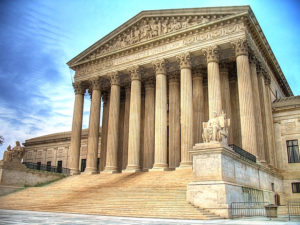
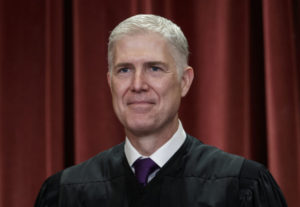
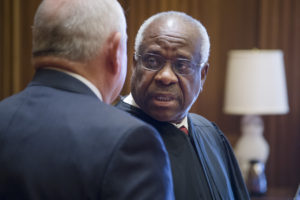
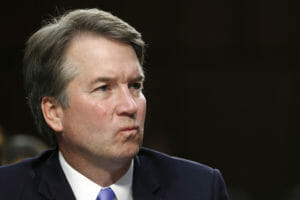
You need to be a supporter to comment.
There are currently no responses to this article.
Be the first to respond.